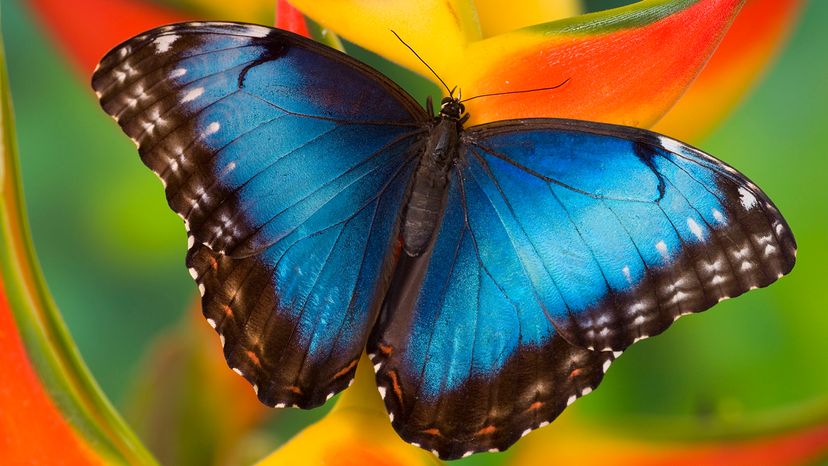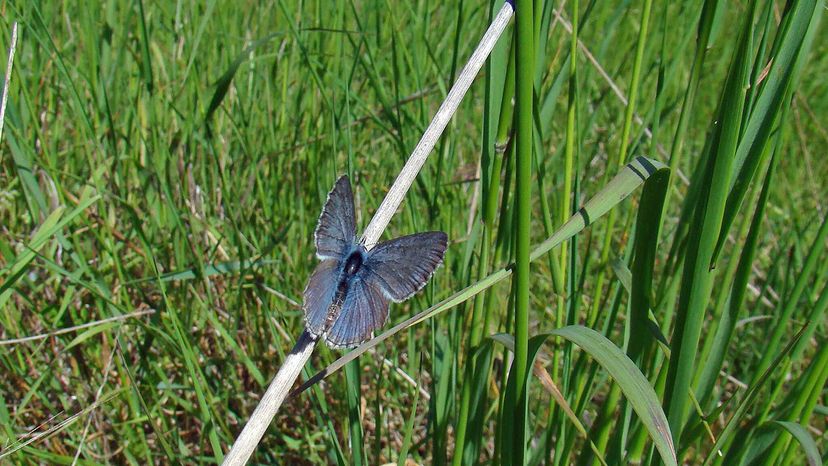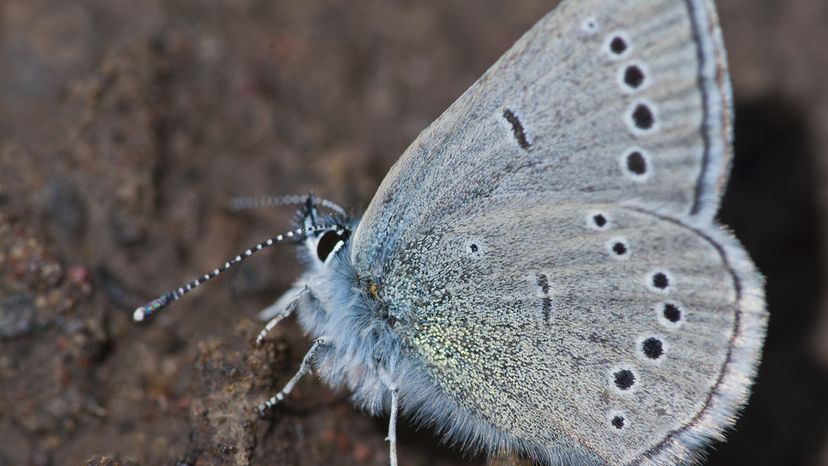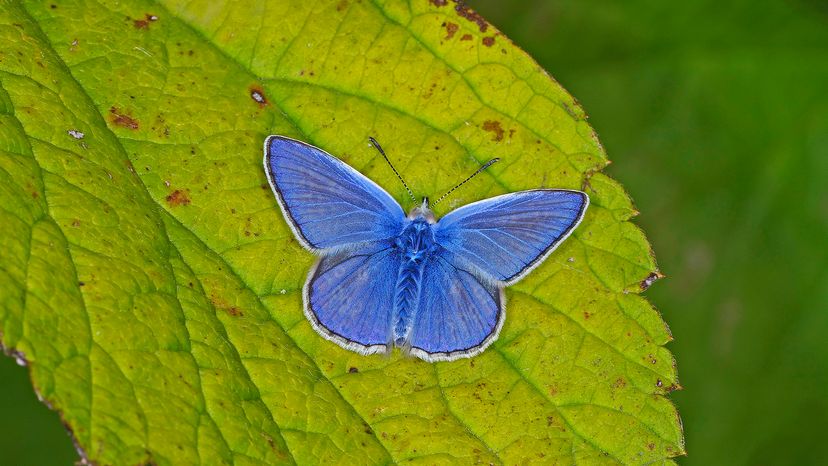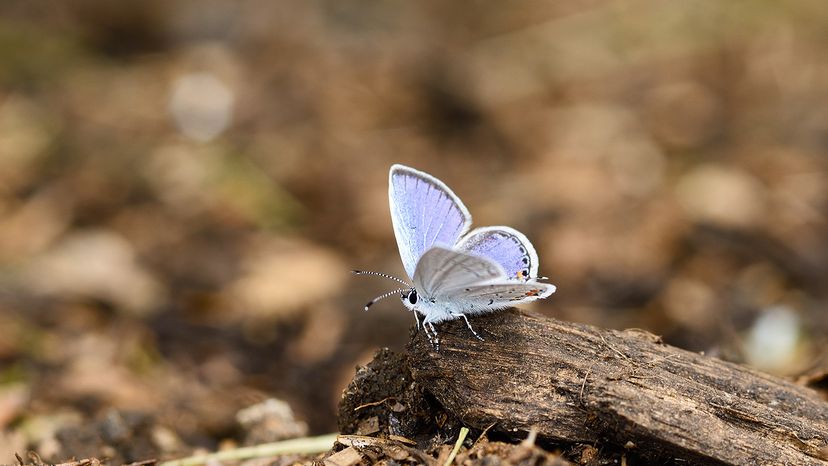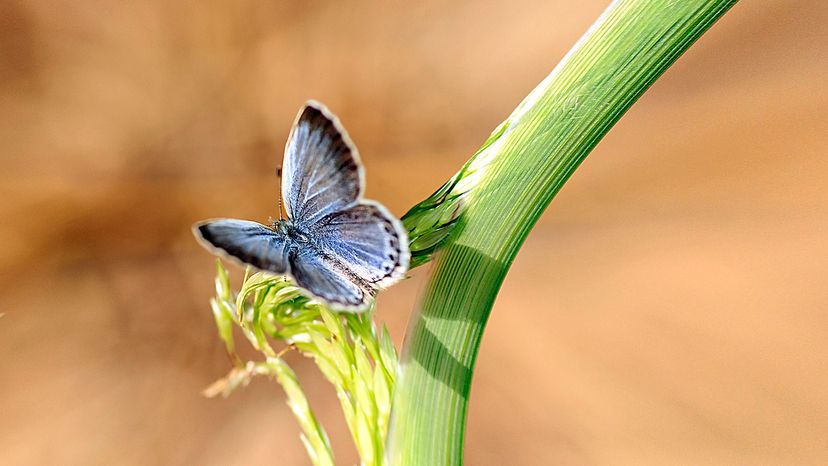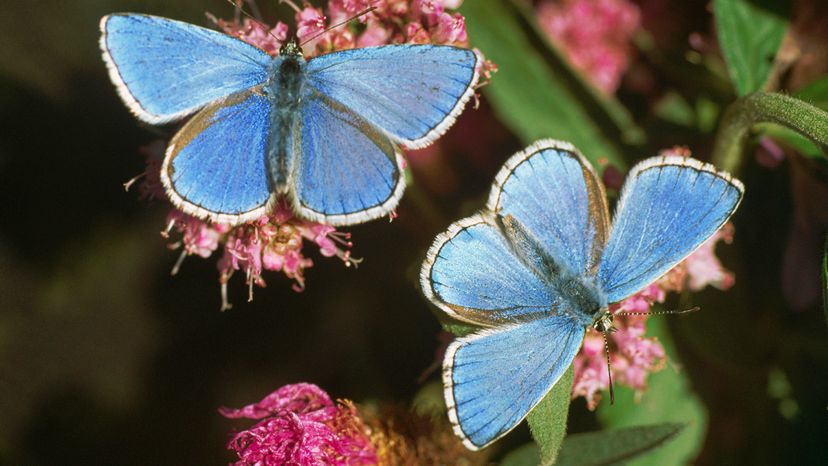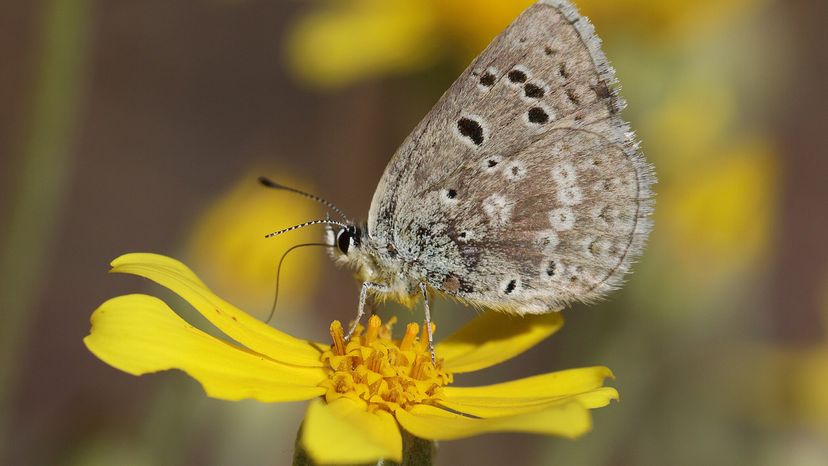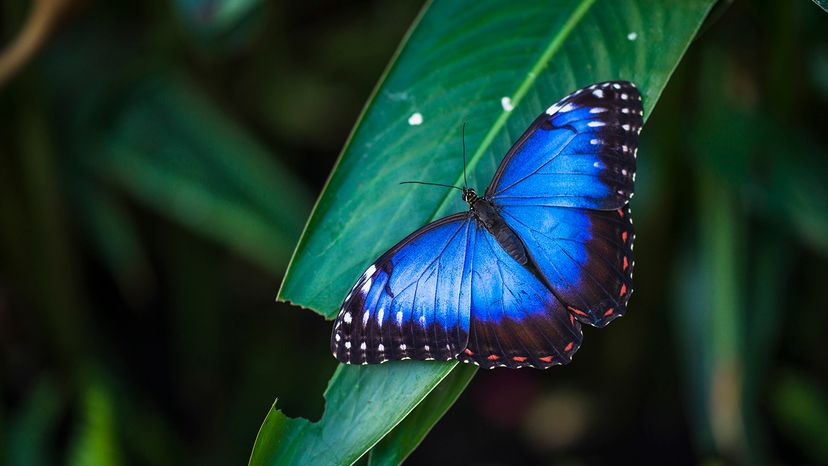
Some of the most dazzling insects in the world are blue butterflies. With their iridescent wings and delicate forms, these rare beauties bring color to grasslands, coastal areas and conservation efforts alike.
Here are some of the most stunning and significant blue butterfly species you might encounter (or dream of seeing).
Advertisement
